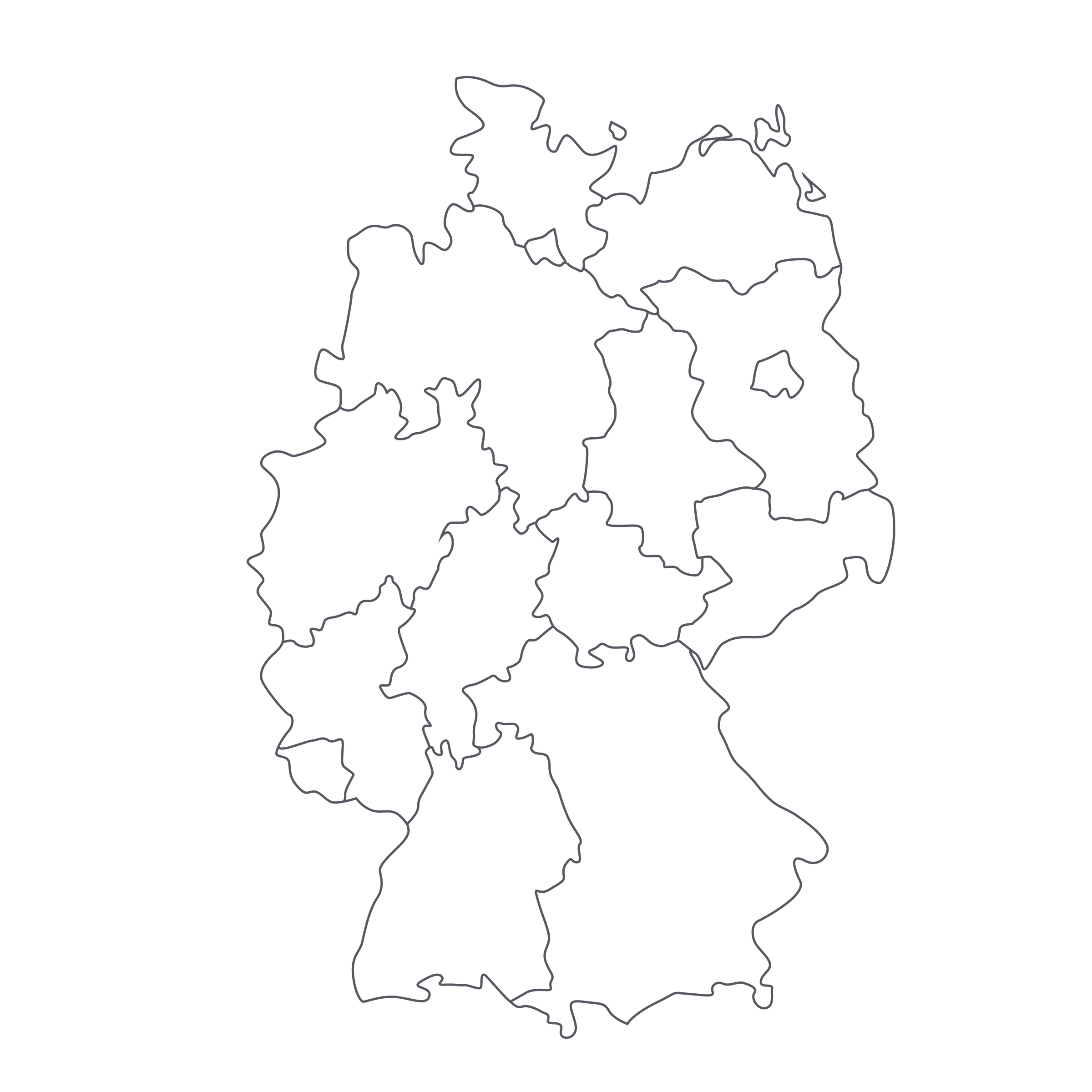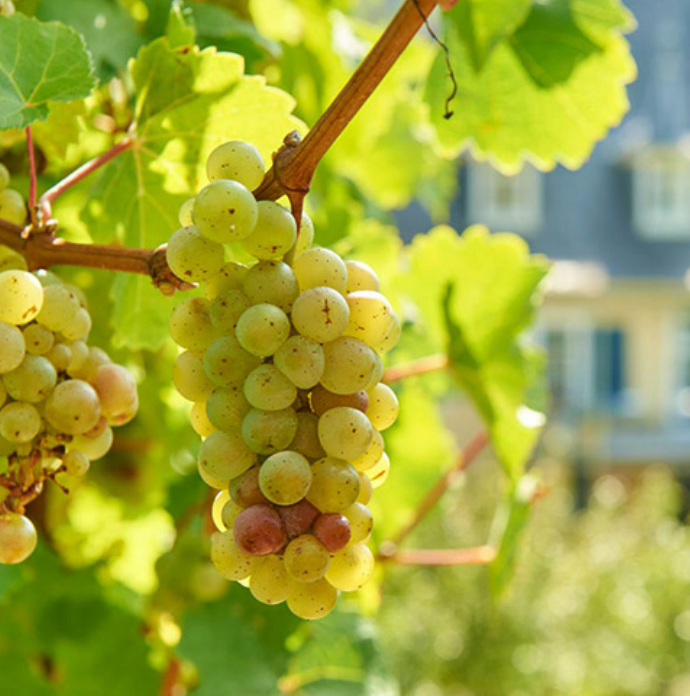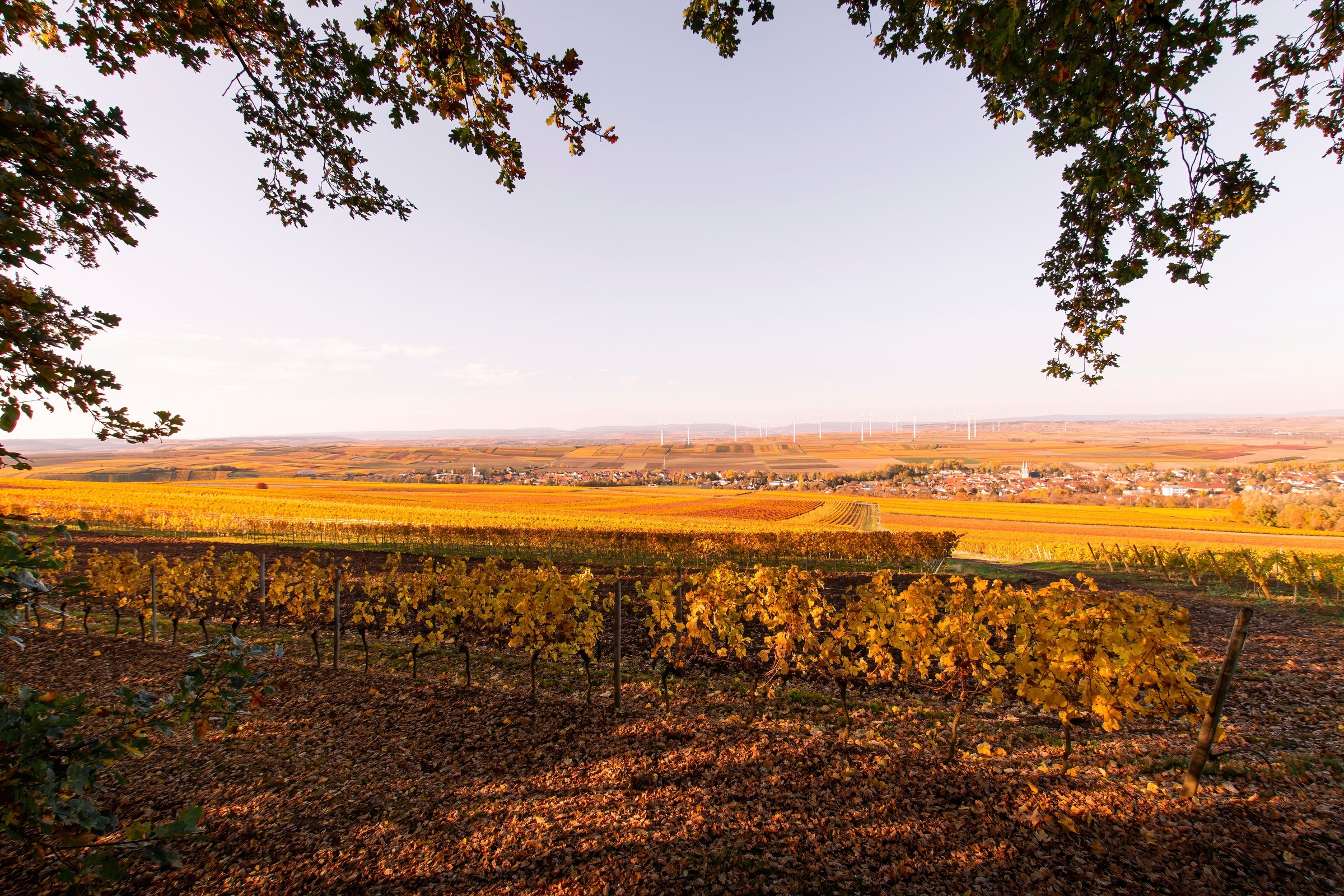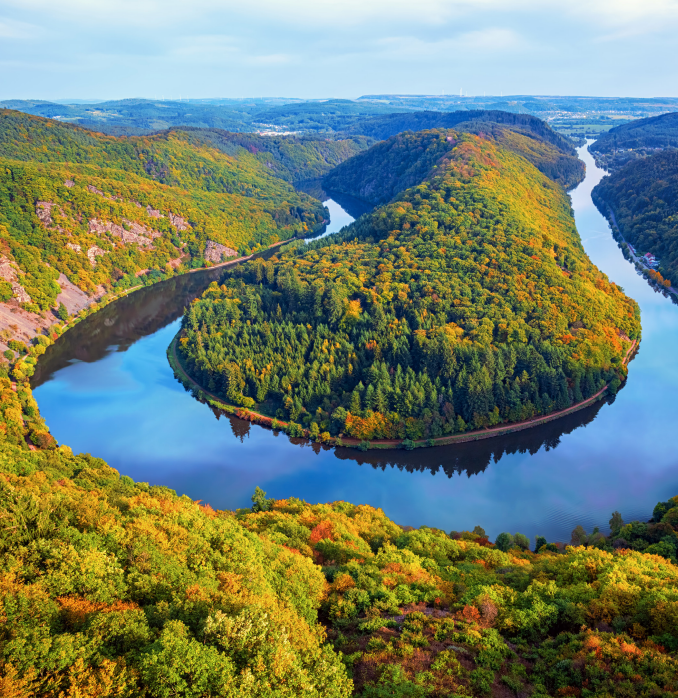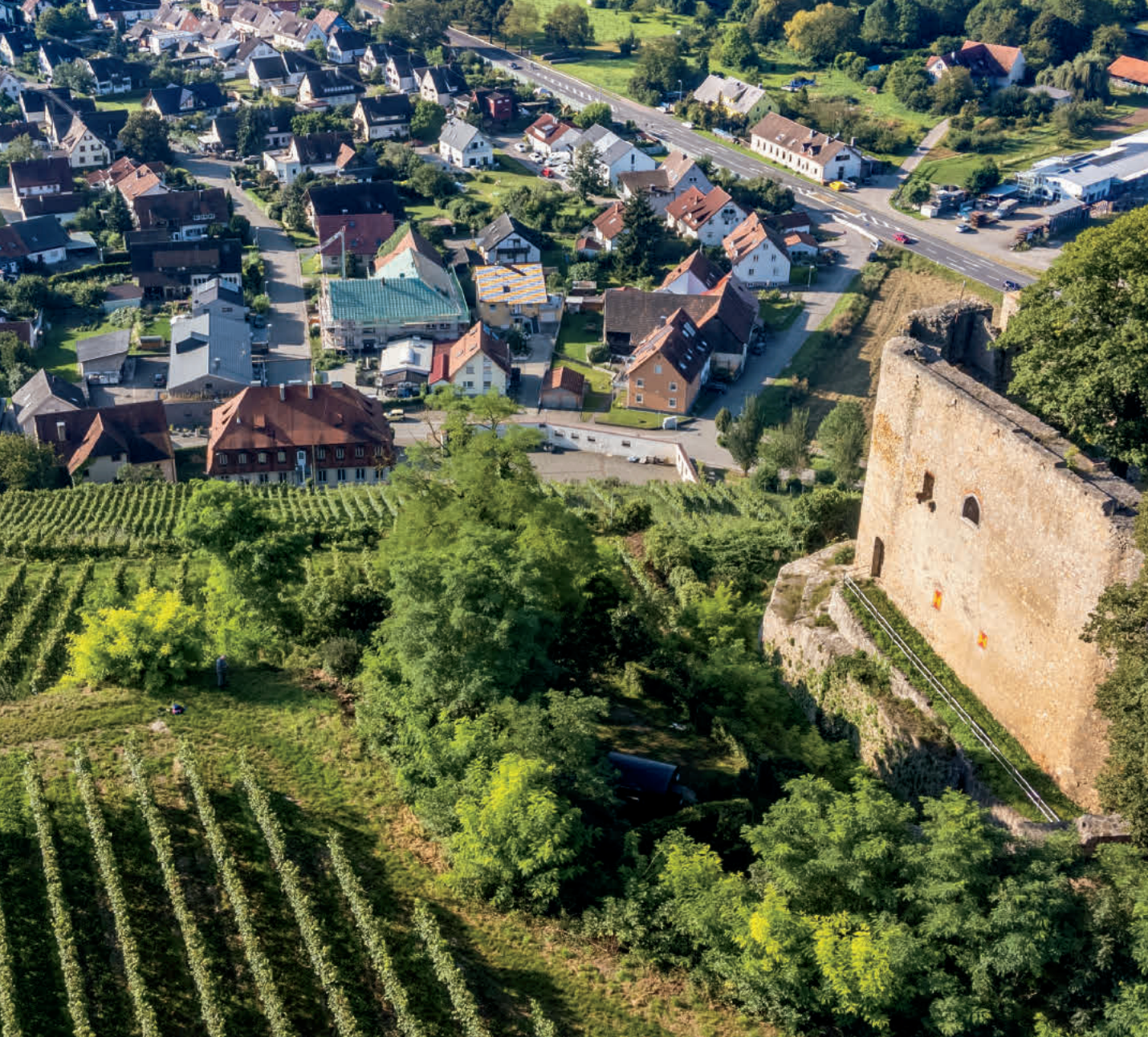Today’s wine reinforces two things I’ve been saying a lot lately: (1) that German Pinot Noir is one of the most interesting and value-packed categories in wine right now; (2) that great rosé usually reaches its zenith in its “second Spring,” not its first.
This 2018 from the great Schäfer-Fröhlich estate, in Germany’s Nahe region, also reminds me of another important point: that Pinot Noir is a really great rosé grape—and, in this case, a great “red” grape to vinify like a white. Oftentimes it’s the “also-ran” varieties that end up become rosés, but here we’ve got a star-attraction variety given the full star treatment: Schäfer-Fröhlich makes the wine in a “direct-press” style, meaning the juice is pressed directly into the fermenter, picking up a subtle hint of pink in the process. This is not a by-product of Schäfer-Fröhlich’s red wine production—it's this way by design. Now with a year of bottle age, its fruit and mineral components have deepened without any decrease in freshness. In our tastings so far this year, I don’t think any rosé from any region—Provence included—sparked this much conversation, especially once we learned the price. In search of instant, and total, gratification? Here it is, priced for by-the-case indulgence!
Tim Fröhlich has rapidly become one of the leading stars of the Nahe region in Germany. Like most producers in the region, the bulk of Tim’s production is Riesling (we highly recommend them, too) but he does have some small holdings of Pinot Blanc and Pinot Noir. Tim took over his family’s estate back in the mid-1990s when it was considered an average, but not special, estate. After a few short years at the helm, Tim has transformed the reputation of Schafer-Frohlich into one of the top addresses in Nahe. The press has showered him with praise, dubbing him Best Winemaker in Germany in 2010 and other accolades over the years. His success can be attributed to his rigorous vineyard work, dedication to low yields, and painstaking attention to detail in the cellar.
This rosé is what the Germans call a weissherbst—a white wine made from black grapes of a single variety. This winemaking practice is often referenced using the French term blanc de noir, which is how Tim Fröhlich chooses to label his wine. The black grapes in this blanc de noir are all Spätburgunder, the German term for Pinot Noir. They are all sourced from the single vineyard of Stromberg, a very steep site made up of volcanic soil (porphyry) which was planted over 40 years ago. Stromberg is a Grosses Gewachs site (Grand Cru) for Riesling but the classification system doesn’t apply to Pinot Noir in Germany. Lucky for us, that makes this Grand Cru-level wine available at everyday pricing.
Upon harvest, the grapes are pressed and the juice allowed to run off, separated immediately from the skins and made like a white wine. Upon fermentation, using only wild yeasts, it is aged briefly in stainless steel tanks and halbstück (600L barrels) before bottling. The minimal skin contact imparts only a touch of color, but don’t let pale hue fool you, it contains a powerhouse of flavor. First, the nose is filled with notes of underripe mango, mandarin, raspberry and lilac. The palate explodes with elements both lush and mineral—cherry, apricot, candied ginger, and pink grapefruit. Having spent an extra year in the bottle, this rosé is ready to drink right now. I recommend a light chill (45-50 degrees) and all purpose stems. You don’t need much more than that to enjoy this wine. If you have the willpower not to finish the bottle before dinner, I suggest pairing it with a cucumber salad and grilled fish collar. Cheers!


